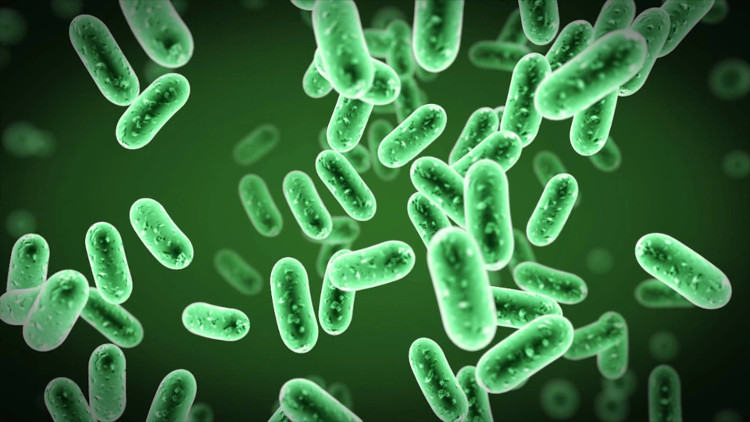Find out the evolutionary mechanism of many deadly dangerous bacteria
Scientists from the Broad Institute of Massachusetts Institute of Technology and Harvard University have found a mechanism to evolve into a virus resistant to all drugs of deadly bacteria.
Changes in DNA may lead to increased antibiotic resistance of bacteria. For example, microorganisms can have genes that can separate drug molecules and push them out of the cell. The point mutation process (usually involving 1 nucleotide in the gene) is also capable of changing the structure of important proteins to life, making them invulnerable to the effects of antibiotics.

The antibiotic resistance of bacteria is due to the variation in the gene coding for ribosome components.
In their experiments, biologists have cultivated several hundred strains of the same type of bacteria called Mycobacterium smegmatis - a family of bacteria that cause tuberculosis. According to their observations, many bacteria died when exposed to low concentration M.smegmatis, while mutated bacteria were completely immune to antibiotics.
According to biologists' explanation, the antibiotic resistance of bacteria is due to the variation in the gene coding for ribosome components. These mutations affect the ribosome sequence and cause major changes to the transcription system and the protein system. More importantly, mutations help wall bacteria increase their ability to evolve, drug resistance and specific therapeutic drugs.
From here, inhibitory mutations in bacteria are easy to arise to continue to grow rapidly.
- Deadly bacteria attack Europe again?
- Close up of beautiful deadly bacteria surprised
- What kind of bacteria can kill hundreds of millions of people coming out from the North Pole?
- The deadly bacteria in this day can explode when antibiotic resistance comes
- Mapping 3,000 dangerous bacteria genes
- New mode of spread of deadly bacteria in food
- Squeeze your nose with your hands, watch out for dangerous deadly bacteria
- In the plethora of deadly epidemics, what is the most dangerous virus in history?
- Detecting lethal and deadly pathogenic bacteria in South America
- Detecting new bacteria can be deadly
- Find deadly E. coli bacteria on bean sprouts
- Deadly bacteria in chicken can resist antibiotics
 Why do potatoes have eyes?
Why do potatoes have eyes? 'Tragedy' the world's largest carnivorous life: Death becomes ... public toilet
'Tragedy' the world's largest carnivorous life: Death becomes ... public toilet Tomatoes were once considered 'poisonous' for 200 years
Tomatoes were once considered 'poisonous' for 200 years Detecting microscopic parasites on human face
Detecting microscopic parasites on human face